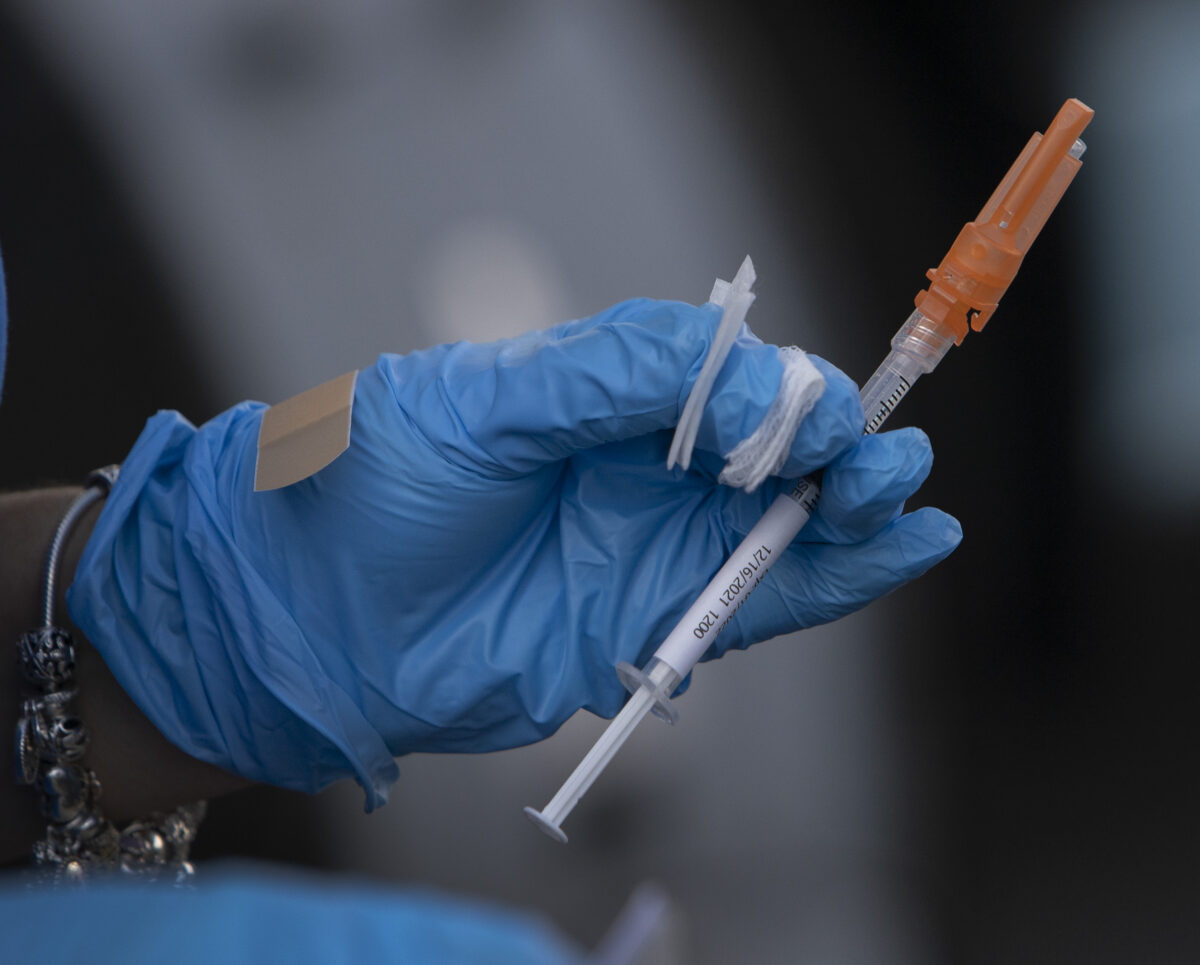


The updated COVID-19 vaccine booster shots provide virtually no protection against infection and quickly waning shielding against hospitalization, a new study has found.
Protection against infection peaked at just 28.8 percent, well below the 50 percent threshold for success established by U.S. and World Health Organization officials, researchers in North Carolina reported in the New England Journal of Medicine.
The Moderna and Pfizer boosters performed better against hospitalization or death, a proxy for severe illness, hitting 67.4 percent after two weeks.
But that protection quickly waned, going below 50 percent after two more weeks.
Dan-Yu Lin and other researchers from the University of North Carolina Gillings School of Global Public Health and doctors with the North Carolina Department of Health and Human Services conducted the observational study, drawing from state-level databases on COVID-19 vaccination and clinical outcomes such as hospitalization.
The study examined effectiveness among people 12 years and older who received one of the updated booster doses after a primary series.
Researchers estimated effectiveness with modeling, saying they tried to reduce possible confounding bias by taking into account factors such as previous infection.
The study only included people who received at least a primary series, resulting in a population of 6.3 million people, about 1.27 million of whom received a bivalent booster.
The new boosters contain the Wuhan strain and a sublineage of the Omicron BA.4 and BA.5 subvariants. They were authorized by U.S. regulators in the fall of 2022, and recommended to many Americans, despite there being no clinical trial data supporting effectiveness or safety. The manufacturers have still not released any clinical efficacy data more than six months later.
Other recent studies have also indicated that the bivalent boosters increase protection, but only temporarily.
Researchers with the U.S. Centers for Disease Control and Prevention (CDC) found that a bivalent booster boosted protection against symptomatic COVID-19 by no more than 50 percent, with the effectiveness dropping to as low as 38 percent within three months. Other data from the agency estimated that protection against hospitalization was initially increased by 52 percent but that the shielding waned to 36 percent after two months.
Some other countries have also utilized a similar bivalent, which combines Wuhan and the BA.1 Omicron subvariant.
Finnish researchers, examining effectiveness of the two bivalent boosters, estimated (pdf) that they initially lowered the risk of hospitalization and death due to COVID-19 but after several months, the people who received a bivalent vaccine were actually more likely to be hospitalized or die because of COVID-19.
A growing number of countries have stopped recommending COVID-19 vaccines, or boosters.
Switzerland, for instance, said that it is not recommending shots for the spring and summer in light of factors such as the high levels of immunity from previous vaccination and/or infection.
The World Health Organization stated in March that countries should consider factors such as cost-effectiveness when boosting certain populations, including healthy children, considering the “low burden of disease” presently seen.
The United States, though, is considering making an additional bivalent dose available to certain populations, according to a newly updated CDC planning guide (pdf). The CDC is convening its vaccine advisory panel in April to discuss COVID-19 vaccines.
